Accessible events: The key to true inclusivity
We’re all guilty of rushing through our to-do lists at work. But in our hurry, are we accidentally leaving out important team members? It turns out many companies aren’t thinking about disabilities and health conditions when planning events. This oversight is making a lot of employees feel left out and underappreciated.
The problem with overlooking accessibility
Imagine you’ve planned what you think is a great company event. You’ve booked the venue, set the agenda, and you’re excited to bring everyone together. But as people start arriving, you notice some familiar faces are missing. Why? Because in your rush to get everything done, you forgot about key accessibility needs.
This isn’t just a small mistake—it’s a big problem for inclusivity that can have serious consequences. When team members with disabilities or specific health needs can’t fully take part, it doesn’t just affect them. It impacts the whole company’s culture and how well everyone works together.
The real cost of leaving people out
When events aren’t accessible, it causes ripple effects:
- Employees feel less engaged and motivated
- The company misses out on diverse ideas and perspectives
- There could be legal issues or damage to the company’s reputation
- Overall productivity and innovation suffer
A better way: Making events work for everyone
The good news is there’s a solution. This great guide by the Australian Human Rights Commission provides advice on how to make both online and in-person events, including regular meetings, more inclusive. This resource is a game-changer for making sure everyone can participate, contribute, and feel valued at work.
According to the guide:
- Do an accessibility check before finalising any event. Think about physical access, sensory needs, and what technology people might need.
- Offer different ways for people to participate and communicate, considering various abilities and preferences.
- Plan breaks and session lengths with different needs in mind, giving people time to rest and process information.
- Make sure all digital tools and platforms work with assistive technologies.
- Train your team on best practices for inclusivity to create a culture of understanding and support.
Moving forward
Using these strategies isn’t just about checking boxes – it’s about fundamentally changing how we approach workplace interactions. By prioritising accessibility and inclusivity in all our events, we’re showing that we value every team member’s contribution.
As leaders and coworkers, it’s our job to create environments where everyone can do their best work. It’s time to slow down, take a step back, and make sure we’re not leaving anyone behind in our push to be productive.









